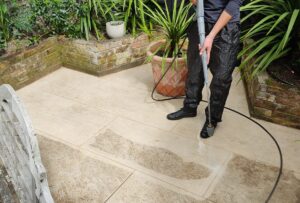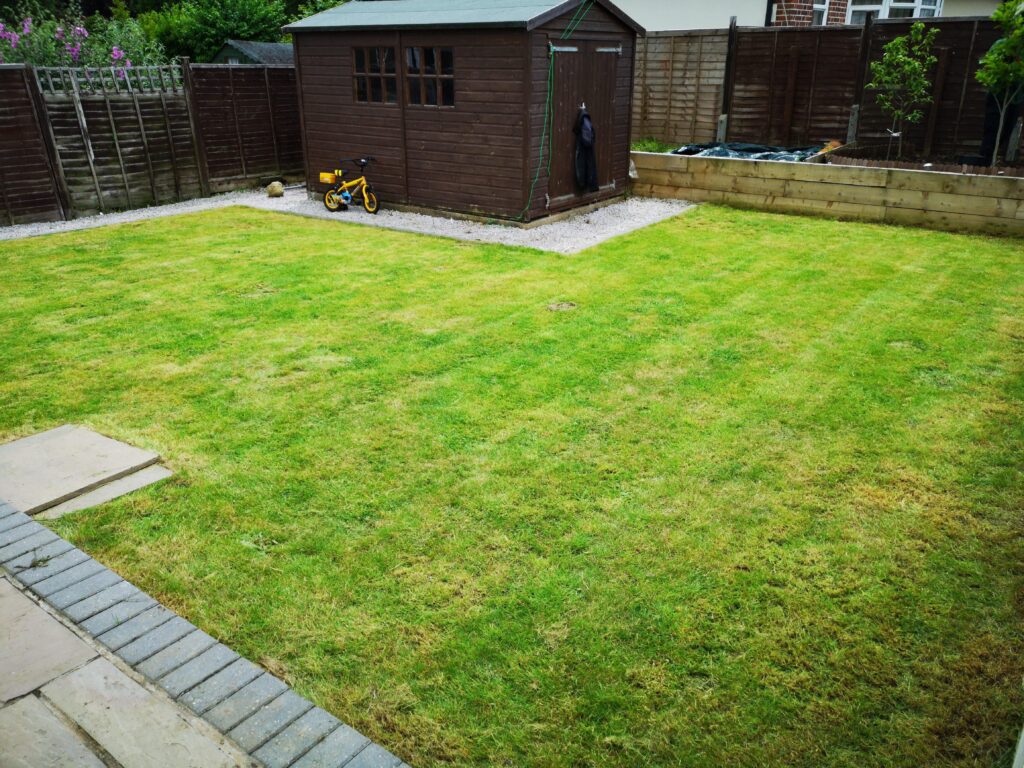
The Garden Clean Up You Need to Complete this Spring
- By professionalgardening
professional gardening2016@gmail.com
+44 7492 657585
Priory Gardens, UK

Keeping your garden in good condition throughout the whole year is essential for the well-being of your crops. With that in mind, a deep clean up is without a doubt a great way to start off the new cultivation season.
In order to maintain a healthy habitat for thriving greenery during hotter months, this basic garden clean up is a must. In summer plants would require exceptional horticultural care that is only achievable if you start working on improving the garden conditions now. Farming enthusiasts from all around the globe are doing the regular yard tidying up this spring.
Keep on reading to find some basic tips on how to organize your process and time, whilst making each garden task at hand easier.
Warm weather stimulates plants to develop, flower, and ripe, but in order to maximize the yield and let your greens grow undisturbed, there are certain conditions you have to arrange. All the dead stems, leaves, and stalks that are littering the garden post-winter could harm your crops by preventing them from reaching their full potential.
Such debris would appear to be a huge issue for sufficient yard maintenance in the future. Not to mention how bad your garden would look if you completely forget to remove them. Your biggest concern should be the fact that dead plant material can contaminate your living plants with fungi and diseases. It also acts as a cover for weeds so they can easily take over your garden.
With all this in mind, it is vital to react on time and be prepared for the spring clean up beforehand. Spare as much time as needed to carefully tend your garden and keep your plants free of plagues and weeds in the long run.
Start the spring garden clean up by getting your patio on point. In order to get a clear picture of all the further chores you have to do, make sure to temporarily relocate all the movable items that belong on the patio. Clean everything, especially any pots, and containers. Note that there is no logic in keeping useless or broken outdoor furniture that is unrepairable, so if you find such items – do not hesitate and throw them away.
Once you’ve cleared all the excessive items you will have a good overview of all weak spots on the patio. Begin with sweeping dirt, branches, and leaves. Next, do some weeding on problematic porch or deck areas (if needed). Then take care of the grime that pilled up during the winter season. You can remove moss and smaller dust particles with a pressure washer.
Be aware that spring cleaning comes with a lot of waste, so you have to be able to plan ahead on how to dispose of it. Dead organic waste (e.g. leaves, cuttings, twigs, weeds) could be added to a sustainable compost pile. On the contrary, old or broken tools, pots, and garden furniture could be recycled or sent out to garden clearance companies.
Having a basic garden clean up schedule is also a fantastic idea. We urge you to create a chores checklist. It should include farming tasks such as pulling weeds, edging garden beds, dead plant pulling, removing winter mulch, pruning shrubs and trees.
Here is a list of essential gardening tools that you need to have for a successful cleanup:
Are you ready for a spring garden makeover?
Keep on reading and you will be.
Trees and shrubs need pruning every spring. It keeps them fresh, healthy and stimulates their growth and ripeness.
Before you proceed to lop off branches, make research for every specific type of tree in your yard in order to properly consider the best time for the procedure. Most trees would be ready for the pruning process in early spring right after the blooming period, while they are still dormant.
Shrub pruning done in spring also triggers plant development and growth. It is highly beneficial to the health of the crop and it enthuses the prevention of diseases. If you see blooming shrubs in your garden, note that you should not proceed with pruning until they are done with it.
A nice and well-maintained lawn surely affects the general vibes of your outdoor space. The basic lawn clean up would give your yard the freshening up it needs. Many weeds, dead organic material, and debris have found their place on your grass during colder months. It is tempting to start raking as soon as possible, but before you proceed – there are a few things to have in mind.
Removing all excess debris from the grass should start with the identification of problematic spots and some manual hard work. Collect big particles like branches and organic waste beforehand and separate them to smooth the raking process. Be cautious because wet or damp ground after recent winter snow is still not suitable for rake work. The best period to rake a lawn and remove weeds is when the grass comes out of dormancy and the soil has dried out.
Grass cutting comes next on lawn restoration. If your green space has been taken over by tall grass, use a trimmer to reduce its length then proceed with mowing it. There is no guarantee that your outdoor garden would look as stunning as possible after the first clean up procedure. As warmer seasons approach, your lawn would become greener and fresher, and with a few mow schedules, the grass quality would be restored.
Now that you’ve taken care of the presentable and ornamental parts of your yard, let’s move on to the actual garden that accommodates your flowers, fruits, vegetables, trees, and shrubs. The post-winter period has perennials begging for weeding, pruning, and garden bed cleaning. These greens require excessive care when it’s time for basic spring clean up because suffocating debris has taken over and all the dead growth requires removal.
Remove thick clumps of dead organic material and weeds from perennials. When pulling try to use as little force as possible because wet spring ground makes weeds easy to pull out. If you feel resistance, proceed with the alternative of pruning. Be careful not to hurt the healthy parts of your crops in the process. Act cautiously to prevent unexpected cuttings and root damage. Once you are done, cover the soil with a thick layer of mulch that would prevent further weed growth.
Tending flower beds in your yard is a must during every spring clean up. Plants grow healthy and reach their full potential only when they have sufficient conditions to develop undisturbed. The thawed spring soil is the first sign that it’s time to provide your greenery with enough room to sprout and mature.
Start off with the removal of foliage and leaves – do basic raking and weeding around the growing areas. Edge the beds to get rid of unwanted stray grass and do not forget to detangle any dead vines from the supports and trellises to free valuable space for new greens. The next step in taking care of your garden beds is shoveling out the mulch from the previous year. It’s important to maintain a blank slate for a new mulch layer that should be added after spring planting has ended.
In order to add more plant beds to your outdoor space, use a tiller to prepare the ground or work on building raised beds for your vegetables. Once you arranged and cleared all the beds, start planting the new generation of greenery in your yard. Early spring is a perfect time to introduce additions like perennial flowers, trees, and shrubs to your garden.
A dirty weeded pathway and neglected chill & entertainment areas could totally ruin the vibes of a perfectly maintained garden. Leaving the patio, decking, parkway and paver walkways a mess is not a wise decision. The outdoor space is like your personal presentation that all of the lot visitors and guests would see. So get your cleaning tools and start working on improving your yard this spring.
Pathways are parts of the garden that could easily contain dirt, mud, and grime. Getting rid of those dirty surroundings is not that hard. Clearing the patio would allow you to effectively sweep the dust and large debris from it. Manually remove any weeds that grew along the tiles and plates. Use a mop or a pressure washer to take care of the smaller particles, as well as to remove mold and mildew stains.
After you’re done with basic cleaning, take care of the outdoor furniture. Having in mind that you have not used it in months and probably stored it outside during winter – the patio furniture surely needs a deep clean with liquid soap and water. There are a few application options – you can directly apply with a rag or spray it down with a hose and rinse.
All this hard work to keep up with the spring tidying up is so worth it. At a later stage, you will realize you have fewer chores during the summer season. You would be able to relax in your outdoor area and enjoy a lively garden with fresh grass and healthy plants.

Meet Nikolay, a talented blog and content writer with years of experience creating engaging and informative content for a variety of industries.


TO CELEBRATE OUR NEW WEBSITE WE WANT TO GIVE YOU
